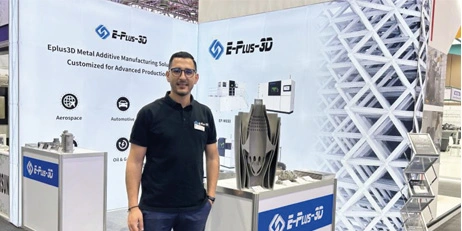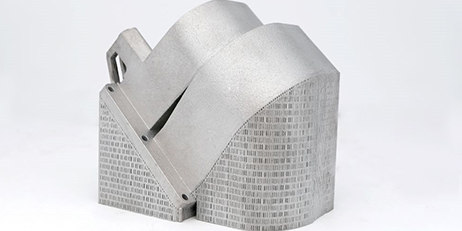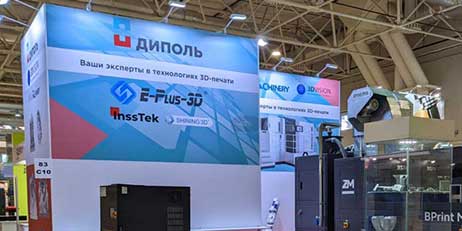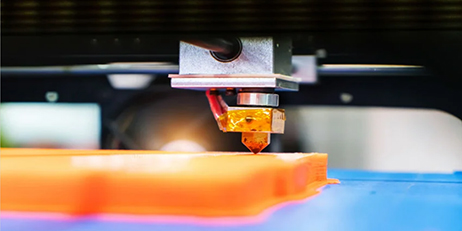Known as the leading technology of the "Third Industrial Revolution", 3D printing technology has long been integrated into our daily life, mainly due to the wide application of 3D printing technology, such as auto parts, mobile phone parts, jewelry, advertising signs, aerospace, hand-made models and so on. But most of these will not directly affect people's daily life experience. But it is in the medical field that people really pay attention to 3D printing technology.
The initial application of 3D printing technology in the medical field lies in the rapid manufacture of medical models for assisting medical and patient communication, diagnosis and surgical planning. With the development and maturity of 3D printing technology, the development of 3D in medical field is becoming more and more extensive, and even some fields cannot do without 3D printing technology. So, today we will talk about what are the practical applications of 3D printing in the medical field?
1. The 3D printing applications in medical field: manufacturing medical models and surgical guides
Doctors can use the patient's CT data to carry out three-dimensional modeling, import the data into the 3D printer through three-dimensional modeling, and then use the 3D printer to print out the patient's data model.
This can better help doctors more intuitively observe the three-dimensional structure of the patient's surgical site. In this way, doctors can customize a better surgical plan during surgical treatment, thereby improving the success rate of surgery and reducing the risk of surgery.
2. The 3D printing applications in medical field: the manufacture of human implants
If patients have bone tumors, bone defects, maxillofacial injuries, skull repair and other orthopedic problems, it is difficult to meet the treatment needs of patients with general repair products. Because the actual situation of each patient is different, specific implants are required to help patients successfully repair.
The same goes for stomatology and dentistry, which also requires a high degree of customization because of the different arrangement, damage, and actual medical conditions of the teeth in the human oral cavity.
Therefore, whether it is orthopedics or dentistry, it is necessary to use 3D printing technology to tailor-made for patients, to make implant medical treatment more accurate, and to effectively alleviate the shortage of physicians.
3. The 3D printing applications in medical field: manufacturing rehabilitation equipment
The real value of 3D printing for orthopedic insoles, bionic hands, hearing aids and other rehabilitation equipment is not only to complete precise customization, but also to allow accurate and efficient digital manufacturing technology to replace manual production methods and reduce production cycles.
Taking hearing aids as an example, in traditional manufacturing, technicians must make injection molds based on the patient's ear canal model, and then perform post-processing such as drilling sound holes on the molds. However, using 3D in the medical field to make hearing aids only needs to convert the scanned CAD file into a design file that can be read by a 3D printer, and then print it out.
In addition to industrial applications, the large-scale industrial 3D printers currently on the market can also be used for medical model printing.
























